Home>Interior Design>Gloss Paint: A Guide To How And Where To Use It
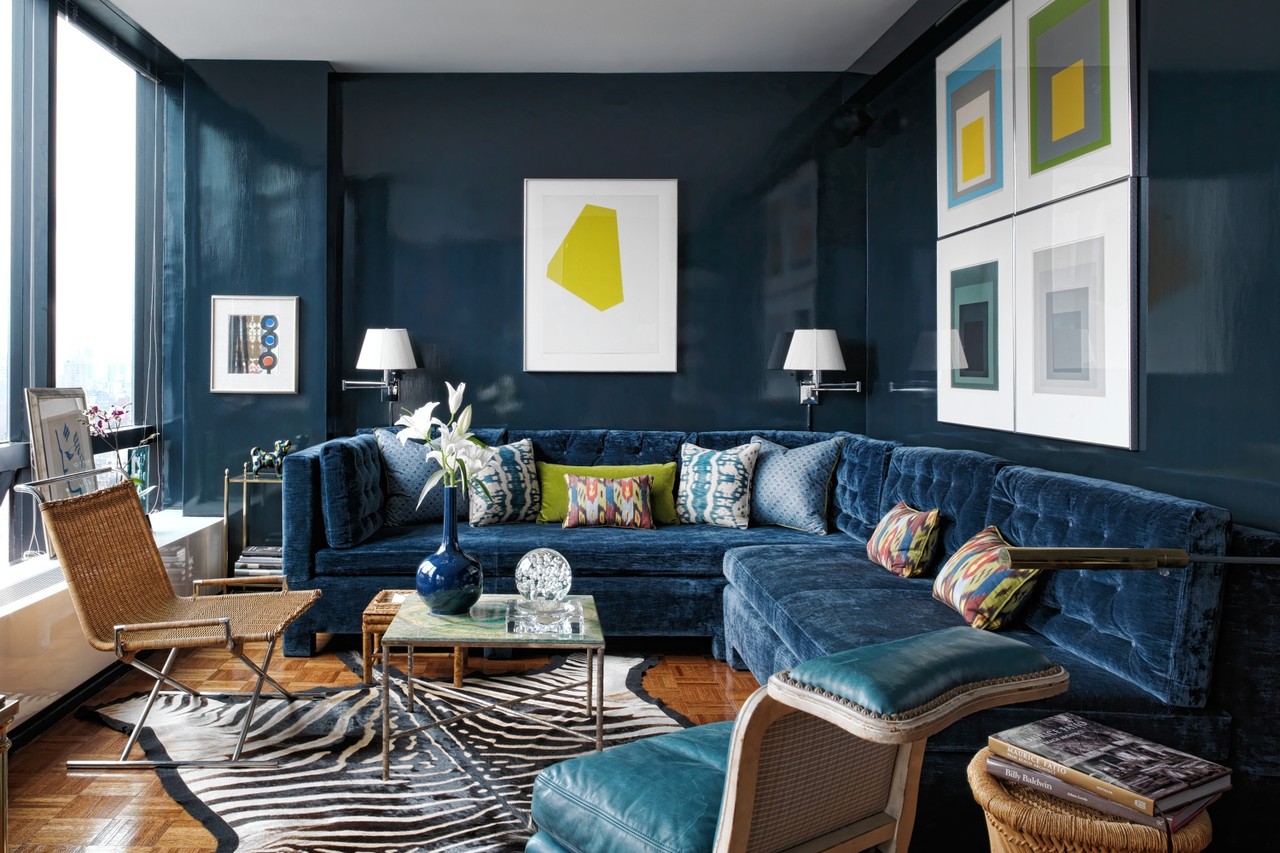

Interior Design
Gloss Paint: A Guide To How And Where To Use It
Modified: January 20, 2024
Discover the versatility of gloss paint in interior design. Learn how and where to use gloss paint to achieve a stunning finish in your home.
(Many of the links in this article redirect to a specific reviewed product. Your purchase of these products through affiliate links helps to generate commission for Storables.com, at no extra cost. Learn more)
Introduction
Gloss paint is a versatile and popular choice for both interior and exterior surfaces. It provides a high-gloss finish that adds a touch of elegance and sophistication to any space. Whether you are looking to freshen up the walls in your home or protect the exterior of your property from the elements, gloss paint can be a great option.
In this guide, we will explore what gloss paint is, its advantages and disadvantages, and popular uses for this type of paint. We will also provide tips on how to prepare surfaces, apply gloss paint, and maintain its appearance over time.
So, if you are considering using gloss paint for your next project or simply want to learn more about this versatile paint finish, read on! We have you covered with all the information you need to make informed decisions and achieve professional-looking results.
Key Takeaways:
- Elevate your space with gloss paint’s high sheen, durability, and versatility. From interior walls to exterior trim, achieve a luxurious and polished finish with proper preparation and application techniques.
- Maintain gloss-painted surfaces for lasting beauty. Regular cleaning, prompt attention to stains, and gentle care will preserve the shine and integrity of gloss paint, ensuring long-term visual appeal.
Read more: A Guide To Satin Paint And How To Use It
What is Gloss Paint?
Gloss paint is a type of paint that is known for its high sheen and reflective finish. It is typically oil-based or solvent-based, although there are also water-based gloss paints available on the market. The glossiness of the paint comes from the smooth and shiny particles present in the paint formulation.
Gloss paint is different from other types of paint primarily because of its sheen level. The sheen level refers to the amount of light that is reflected off the painted surface. Gloss paint has a high sheen level, which means it reflects a lot of light and appears shiny. This glossy finish gives a smooth and luxurious appearance to the painted surface.
There are different levels of glossiness available for gloss paint, ranging from high gloss to semi-gloss and satin finishes. High gloss paint has the highest level of sheen and creates a highly reflective surface, while satin finishes have a lower sheen level and offer a more subtle shine.
Gloss paint is known for its durability and ability to resist moisture and stains. It also provides excellent protection for surfaces against wear and tear, making it a popular choice for high-traffic areas in both residential and commercial settings.
Furthermore, gloss paint is available in a wide range of colors, allowing you to choose the perfect shade to suit your design aesthetic and create the desired atmosphere in your space. It can be used on various surfaces, including wood, metal, and even certain types of plastic.
Overall, gloss paint is a versatile and visually appealing option for enhancing the look of interiors and exteriors and providing long-lasting protection.
Advantages of Gloss Paint
Gloss paint offers several advantages that make it a popular choice for many homeowners and professionals. Here are some of the key benefits of using gloss paint:
- High Sheen and Reflectivity: Gloss paint provides a high level of sheen and reflectivity, creating a smooth and shiny surface. This can add depth and dimension to a room, making it appear brighter and more spacious.
- Durability and Longevity: Gloss paint is known for its durability and ability to withstand wear and tear. It is less prone to scuffing, chipping, and fading compared to other types of paint finishes, making it ideal for areas that receive high traffic or exposure to the elements.
- Moisture Resistance: Gloss paint creates a protective barrier on surfaces, making them more resistant to moisture and humidity. This makes it an excellent choice for bathrooms, kitchens, and other areas prone to moisture and condensation.
- Stain Resistance: Gloss paint is also highly resistant to stains, making it easier to clean and maintain. This makes it a suitable option for areas that are more prone to spills and dirt, such as children’s playrooms or dining areas.
- Enhanced Visibility: The high sheen of gloss paint enhances the visibility of details and imperfections on surfaces, making it suitable for highlighting architectural features or creating a sleek and polished look.
- Range of Colors: Gloss paint is available in a wide range of colors, allowing for endless possibilities in terms of design and aesthetics. Whether you prefer bold and vibrant shades or more subtle and neutral tones, there is a gloss paint color to suit every style and preference.
Overall, gloss paint offers excellent durability, moisture resistance, and a striking aesthetic appeal, making it a versatile choice for both interior and exterior applications. However, it is important to consider the specific requirements of your project and the desired look and feel you want to achieve before choosing gloss paint as your preferred finish.
Disadvantages of Gloss Paint
While gloss paint offers many advantages, it also has some drawbacks that should be considered before choosing it for your project. Here are a few disadvantages of using gloss paint:
- Visible Imperfections: The high sheen and reflective properties of gloss paint can make surface imperfections more noticeable. This means that any bumps, cracks, or unevenness on the painted surface will be more apparent. Proper surface preparation and repair are crucial when using gloss paint to achieve a smooth and flawless finish.
- Application Challenges: Gloss paint is more challenging to apply compared to other finishes. It requires careful and precise application techniques to avoid brush strokes, drips, or uneven coverage. Multiple coats may also be necessary to achieve the desired depth of sheen.
- Maintenance: The glossy surface of gloss paint can be more prone to showing dust, fingerprints, and smudges. Regular cleaning is necessary to maintain the shiny appearance, which may require more effort and time compared to lower-sheen finishes.
- Reflects Light: While the reflectivity of gloss paint can enhance a room’s brightness, it can also reflect light in a way that may cause glare in certain situations. This may be a concern in rooms with a lot of natural light or when using glossy finishes on large surfaces.
- Surface Preparation: Gloss paint requires thorough surface preparation, including cleaning, sanding, and priming. Failure to properly prepare the surface can result in adhesion issues and a less durable finish.
It’s important to note that the disadvantages of gloss paint can be mitigated with proper surface preparation, application techniques, and regular maintenance. Additionally, it’s essential to consider the specific needs and aesthetics of your project before choosing gloss paint, as there are other paint finishes available that may better suit your requirements.
By weighing the advantages and disadvantages, you can make an informed decision on whether gloss paint is the right choice for your project.
Popular Uses for Gloss Paint
Gloss paint is a versatile option that can be used in a variety of applications, both indoors and outdoors. Here are some popular uses for gloss paint:
- Interior Walls: Gloss paint can be used to create a dramatic and luxurious look on interior walls. It adds a sheen and depth that can make a room appear more elegant and sophisticated. Gloss paint works especially well in areas like dining rooms, hallways, or accent walls where you want to make a statement.
- Trim and Woodwork: Gloss paint is often used on trim, baseboards, and other woodwork to provide a clean and polished appearance. The high sheen of gloss paint makes these features stand out and adds a touch of sophistication to any space.
- Cabinets and Furniture: Gloss paint can transform old or plain-looking cabinets and furniture into eye-catching pieces. It adds a smooth and reflective finish, making them appear more modern and stylish. Gloss paint is a popular choice for kitchen cabinets or bathroom vanities.
- Doors and Window Frames: Using gloss paint on doors and window frames can make them pop and become focal points in a room. The reflective finish draws attention and adds visual interest to these architectural elements, enhancing the overall appeal of the space.
- Exterior Trim: Gloss paint can be used on exterior trim, such as fascia boards, shutters, or window frames, to create a polished and cohesive look. It adds curb appeal to the exterior of a home and provides durability against weather elements.
- Metal Surfaces: Gloss paint is an excellent choice for painting metal surfaces, such as railings, fences, or gates. It provides protection against rust and adds a sleek and professional appearance.
Gloss paint can be applied to a wide range of materials, including wood, metal, and certain types of plastic. Its versatility allows you to get creative and experiment with different applications to achieve the desired aesthetic and functionality.
Before using gloss paint, it is essential to consider the specific requirements of the surface you’re working with and ensure proper preparation and priming for optimal results.
Remember, gloss paint is not limited to walls alone; it can be used on various surfaces to create a visually stunning and durable finish.
Read more: A Guide To Eggshell Paint And When To Use It
Interior Applications
Gloss paint can be used in various interior applications to create a stunning and impactful look. Here are some popular interior uses for gloss paint:
- Walls: Applying gloss paint to interior walls can instantly transform the look and feel of a room. The high sheen creates a luminous effect, making the space appear brighter and more spacious. Gloss paint is ideal for rooms where you want to create a luxurious and sophisticated atmosphere, such as dining rooms, hallways, or formal living areas.
- Trim and Woodwork: Gloss paint is commonly used on trim, baseboards, and other woodwork to add a touch of elegance and make them stand out. The smooth, reflective finish enhances the architectural details and provides a polished look. It’s important to properly prepare and prime the wood surfaces before applying gloss paint for optimal adhesion and durability.
- Cabinets and Furniture: If you want to give your cabinets or furniture a fresh and modern makeover, gloss paint can do wonders. It creates a sleek and polished finish that brings new life to old, worn-out pieces. Gloss paint is a popular choice for kitchen cabinets, bathroom vanities, and even accent furniture like side tables or dressers.
- Doors: Gloss paint is commonly used on interior doors to make them stand out and create a focal point. Whether it’s a front entry door or an interior door, gloss paint can add a touch of elegance and create visual interest. Consider using a bold color for your doors to make a striking statement.
- Feature Walls: Gloss paint can be utilized to create stunning feature walls that become the centerpiece of a room. The high gloss finish on a single wall can add depth and drama, drawing attention and creating a focal point. Experiment with different colors and textures to create a unique and personalized look.
When using gloss paint for interior applications, it’s important to consider the overall design and style of the space. While gloss paint can create a luxurious and eye-catching effect, it may not be suitable for every room or design aesthetic. Ensure that gloss paint complements the other elements in the space, such as flooring, furniture, and lighting.
Proper surface preparation, including cleaning, sanding, and priming, is essential for achieving a smooth and flawless finish with gloss paint. Applying multiple thin coats of paint with appropriate drying time between each coat will help avoid drips or uneven coverage.
With proper application and consideration, gloss paint can transform the interiors of your home and create a visually stunning and sophisticated atmosphere.
When using gloss paint, make sure to properly prepare the surface by sanding and priming it to ensure a smooth and durable finish.
Exterior Applications
Gloss paint is not only suitable for interior surfaces but also offers great versatility for transforming the exterior of your home. Here are some popular exterior applications for gloss paint:
- Trim and Molding: One of the most common uses for gloss paint on the exterior is to highlight and accentuate the trim and molding. Whether it’s around windows, doors, or architectural details, gloss paint adds a touch of elegance and creates a crisp, clean look.
- Front Doors: Your front door is the centerpiece of your home’s exterior and often the first thing people notice. Using gloss paint on the front door can create a stunning focal point and make a bold statement. Choose a vibrant color that complements the overall color palette of your home to add curb appeal.
- Shutters and Window Frames: Gloss paint can be used on shutters and window frames to add a touch of sophistication and make them stand out. The reflective finish of gloss paint brings attention to these architectural elements and enhances the overall aesthetic of your home’s exterior.
- Fences and Gates: If you have a fence or gate, gloss paint can revitalize their appearance and add a polished look to the exterior of your property. It provides durability and protection against the elements while enhancing the overall aesthetics.
- Exterior Trim: Gloss paint is an excellent choice for exterior trim such as fascia boards, crown molding, or decorative accents. It provides a glossy and stylish finish, elevating the overall look of your home’s exterior.
- Outdoor Furniture: Gloss paint can also be used to spruce up outdoor furniture, such as benches, tables, or chairs. It adds a sleek and polished finish, protecting the furniture from weather elements while giving it a new lease on life.
When using gloss paint for exterior applications, it is important to consider weather resistance and choose a paint that can withstand the specific climate conditions in your area. Ensure that the surfaces are clean, dry, and properly prepared before applying gloss paint to achieve optimal adhesion and longevity.
Gloss paint can transform the exterior of your home, adding visual interest, curb appeal, and a touch of elegance. It is a versatile and durable option that can enhance the overall aesthetics of your property.
Preparing Surfaces for Gloss Paint
Proper surface preparation is crucial when applying gloss paint to ensure a smooth and long-lasting finish. Here are some important steps to follow when preparing surfaces for gloss paint:
- Clean the Surface: Thoroughly clean the surface using a mild detergent and water. This will remove dirt, grease, and other contaminants that could affect paint adhesion.
- Repair any Imperfections: Inspect the surface for any cracks, holes, or damage. Fill in any imperfections using appropriate filler or putty, and sand it smooth once it’s dry.
- Sand the Surface: Lightly sand the surface using fine-grit sandpaper to create a smooth and even base for the paint. Sanding also helps to remove any remaining gloss or sheen from the previous paint. Be sure to wipe away any dust or debris after sanding.
- Prime the Surface: Applying a coat of primer is important, especially if you are painting over bare wood or metal. Primer helps create a strong bond between the surface and the paint, improving adhesion and ensuring a more uniform finish.
- Tape and Protect: If there are areas that you don’t want to paint, such as trim or adjacent surfaces, use painter’s tape to mask them off. Cover and protect the surrounding areas with drop cloths or plastic sheets to avoid any accidental paint splatters or spills.
It’s important to note that specific surfaces may require additional preparation steps. For example, if painting over glossy or oil-based enamel surfaces, it may be necessary to use a specific type of primer designed to adhere to these surfaces. Additionally, some surfaces, like bare wood, may require multiple coats of primer to seal the surface properly.
Always follow the manufacturer’s instructions regarding surface preparation, including recommended products and techniques for optimal results.
By properly preparing the surface, you ensure that the gloss paint adheres well and provides a beautiful and durable finish that will last for years to come.
How to Apply Gloss Paint
Applying gloss paint requires careful attention to detail and proper technique to achieve a smooth and flawless finish. Here is a step-by-step guide on how to apply gloss paint:
- Prepare the Work Area: Clear the area of any furniture, decorations, or objects that may obstruct your painting process. Lay down drop cloths or plastic sheets to protect the floor or surrounding surfaces.
- Stir the Paint: Open the can of gloss paint and use a stirring stick to thoroughly mix the paint. This will ensure that the color pigments and other components are evenly distributed.
- Apply a Primer (If Necessary): If the surface requires it, apply a coat of primer using a brush or roller. Follow the manufacturer’s instructions for the specific primer you are using, including drying time.
- Cut in: Use a high-quality brush to “cut in” along the edges and corners of the surface. Start at the top and work your way down, creating a clean and even line. Take your time to ensure accuracy and neatness.
- Roll the Paint: Using a high-quality roller cover, pour a small amount of gloss paint into a roller tray. Roll the roller cover into the paint, ensuring even coverage without excess paint. Begin rolling the paint onto the surface, working in small sections at a time.
- Roll in a W Pattern: Roll the paint onto the surface in a “W” pattern to evenly distribute the paint and avoid streaks or lines. Apply gentle pressure and maintain a consistent speed to achieve a smooth and uniform finish.
- Overlap Strokes: When rolling, overlap each stroke slightly to blend the paint and create a seamless appearance. This will help to avoid visible lines or inconsistencies in the finish.
- Allow to Dry and Add Additional Coats (If Needed): Follow the manufacturer’s instructions regarding drying time between coats. If necessary, apply additional coats of gloss paint to achieve the desired depth of sheen. Be sure to allow proper drying time between coats.
- Clean up: Clean your brushes and rollers thoroughly with the appropriate cleaning solution as recommended by the paint manufacturer. Dispose of any remaining paint and properly seal the paint can for future use.
It’s important to work in a well-ventilated area and follow all safety precautions when using gloss paint. Wear appropriate protective gear, such as gloves and a mask, to protect yourself from fumes or potential contact with the paint.
Remember, the key to a successful application of gloss paint is patience and attention to detail. Take your time, follow the proper techniques, and you will be rewarded with a beautiful and professional-looking finish.
Read more: A Guide To Matte Paint And When To Use It
Tips for Achieving a Smooth Finish with Gloss Paint
Getting a smooth and flawless finish when using gloss paint requires proper technique and attention to detail. Here are some tips to help you achieve a professional-looking result:
- Use High-Quality Tools: Invest in high-quality brushes and rollers specifically designed for gloss paint. Good quality tools will help to apply the paint more evenly and smoothly, reducing the appearance of brush strokes or roller marks.
- Work in Small Sections: It’s best to work in small sections at a time, especially when using a roller. This allows you to maintain wet edges and avoid visible lines as the paint dries. It is easier to blend the paint while it’s still wet.
- Apply Thin Coats: Applying multiple thin coats of gloss paint will yield a smoother finish compared to one thick coat. Thick coats have a higher chance of forming drips or running, resulting in an uneven appearance.
- Blend Paint Seamlessly: Maintain a “wet edge” when rolling or brushing the paint. This means overlapping each stroke with the previous one while the paint is still wet. This technique helps to create a seamless and uniform finish.
- Watch for Drips and Runs: Keep an eye out for any drips or runs while applying the paint. If you notice any, immediately smooth them out with a brush or roller to avoid dried drips and an uneven surface.
- Use Proper Brushing Technique: When using a brush, brush in the direction of the grain or the shape of the surface for a smoother finish. Avoid excessive brush strokes that can leave streaks or texture.
- Sand Between Coats: If you are applying multiple coats, lightly sand the surface with fine-grit sandpaper between each coat. This helps to create a smooth surface and ensures proper adhesion between the coats.
- Manage Temperature and Humidity: Painting in extreme temperatures or high humidity can affect the drying process and the overall finish of the paint. It’s best to paint in moderate temperature and humidity conditions for optimal results.
- Follow Drying Time Guidelines: Allow ample drying time between coats and follow the manufacturer’s guidelines for the specific gloss paint you are using. Rushing the process can lead to a less smooth and durable finish.
- Check for Imperfections: Inspect the painted surface under good lighting to identify any imperfections, such as brush strokes or areas with insufficient coverage. Touch up any needed areas with an additional coat of paint for a seamless finish.
Remember, practice makes perfect. If you’re not satisfied with the initial results, don’t be discouraged. Take your time, experiment with different techniques, and learn from each painting experience to improve your skills and achieve a smooth finish with gloss paint.
Maintaining Gloss Paint
Maintaining gloss paint is essential to preserve its appearance and durability over time. Here are some tips to help you keep your gloss-painted surfaces looking fresh and vibrant:
- Regular Cleaning: Dust and debris can accumulate on gloss-painted surfaces, affecting their shine. Regularly clean the surfaces with a soft cloth or sponge and a mild detergent solution to remove any dirt or grime. Avoid abrasive cleaners or scrub brushes that can scratch the paint.
- Address Stains Promptly: If you notice any stains or spills on the gloss paint, clean them up as soon as possible. Use a gentle cleaning solution specifically formulated for painted surfaces and follow the manufacturer’s instructions. Prompt action can prevent stains from setting and becoming more difficult to remove.
- Avoid Harsh Chemicals: Avoid using harsh chemicals, solvents, or abrasive materials on gloss-painted surfaces. These can damage the paint and dull its shine. Stick to mild cleaning solutions and non-abrasive cleaning tools to maintain the paint’s integrity.
- Be Gentle with Cleaning: When cleaning gloss-painted surfaces, be gentle and avoid excessive scrubbing. Apply light pressure and use smooth, even strokes to clean the surface. Excessive rubbing or scrubbing can damage the paint and result in a dull appearance.
- Inspect for Damage: Periodically inspect your gloss-painted surfaces for any signs of damage, such as chipping or cracking. Address any issues promptly by touching up the paint or seeking professional help if needed. Proper maintenance can help prevent further damage and ensure the longevity of the paint.
- Protect from UV Rays: Prolonged exposure to the sun’s UV rays can cause gloss paint to fade or discolor over time. To protect your gloss-painted surfaces, consider using curtains, blinds, or films on windows to reduce the amount of direct sunlight. Additionally, applying a clear topcoat or UV-protective sealant can help to shield the paint from UV damage.
- Monitor Moisture Levels: Excess moisture can cause gloss paint to blister or peel. Ensure that the painted surfaces are properly ventilated and free from excessive humidity or condensation. Use exhaust fans or dehumidifiers in areas prone to excess moisture, such as bathrooms or kitchens.
- Touch Up as Needed: Over time, gloss paint may experience normal wear and tear, such as minor scuffs or scratches. Keep some extra paint on hand for touch-ups and address any imperfections promptly to maintain the appearance of the paint.
By following these maintenance tips, you can preserve the beauty and integrity of your gloss-painted surfaces for years to come. Regular cleaning, gentle care, and prompt attention to any issues will help to keep your gloss paint looking fresh and vibrant.
Conclusion
Gloss paint is a versatile and stunning option for both interior and exterior surfaces. Its high sheen and reflective finish add a touch of elegance and sophistication to any space. Whether you’re looking to refresh the walls in your home, add a polished look to your trim and woodwork, or enhance the exterior of your property, gloss paint is a popular choice.
Throughout this guide, we have explored what gloss paint is, its advantages and disadvantages, and popular uses for this type of paint. We’ve discussed the importance of preparing surfaces properly before applying gloss paint and provided tips on how to achieve a smooth finish. We’ve also covered tips for maintaining gloss paint to ensure its longevity and visual appeal.
When using gloss paint, it’s crucial to consider the specific requirements of your project and the desired outcome. Proper surface preparation, including cleaning and repairing, is essential to ensure optimal adhesion and a flawless finish. Applying multiple thin coats of paint, using the correct tools, and following proper techniques will help achieve a smooth and professional-looking result.
Whether you’re using gloss paint for interior walls, trim, cabinets, or exterior surfaces like doors, window frames, or fences, it’s important to maintain the painted surfaces over time. Regular cleaning, prompt attention to spills or stains, and avoiding harsh chemicals will help preserve the shine and beauty of the paint.
In conclusion, gloss paint offers a world of possibilities for transforming and enhancing your living spaces. With its durability, moisture resistance, and striking visual impact, gloss paint can elevate the aesthetics of your interior and exterior surfaces, providing a luxurious and polished finish. By following the guidelines and tips outlined in this guide, you can achieve professional-looking results and enjoy the lasting beauty of gloss paint for years to come.
Frequently Asked Questions about Gloss Paint: A Guide To How And Where To Use It
Was this page helpful?
At Storables.com, we guarantee accurate and reliable information. Our content, validated by Expert Board Contributors, is crafted following stringent Editorial Policies. We're committed to providing you with well-researched, expert-backed insights for all your informational needs.
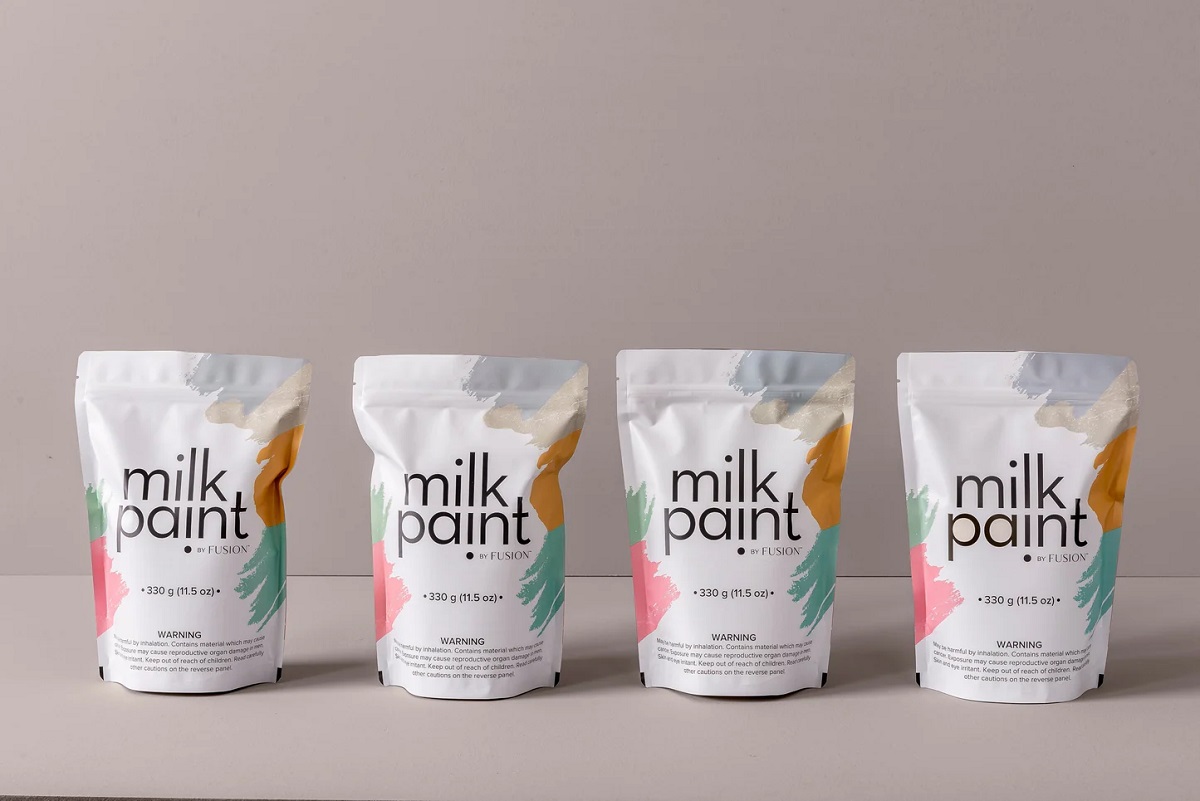
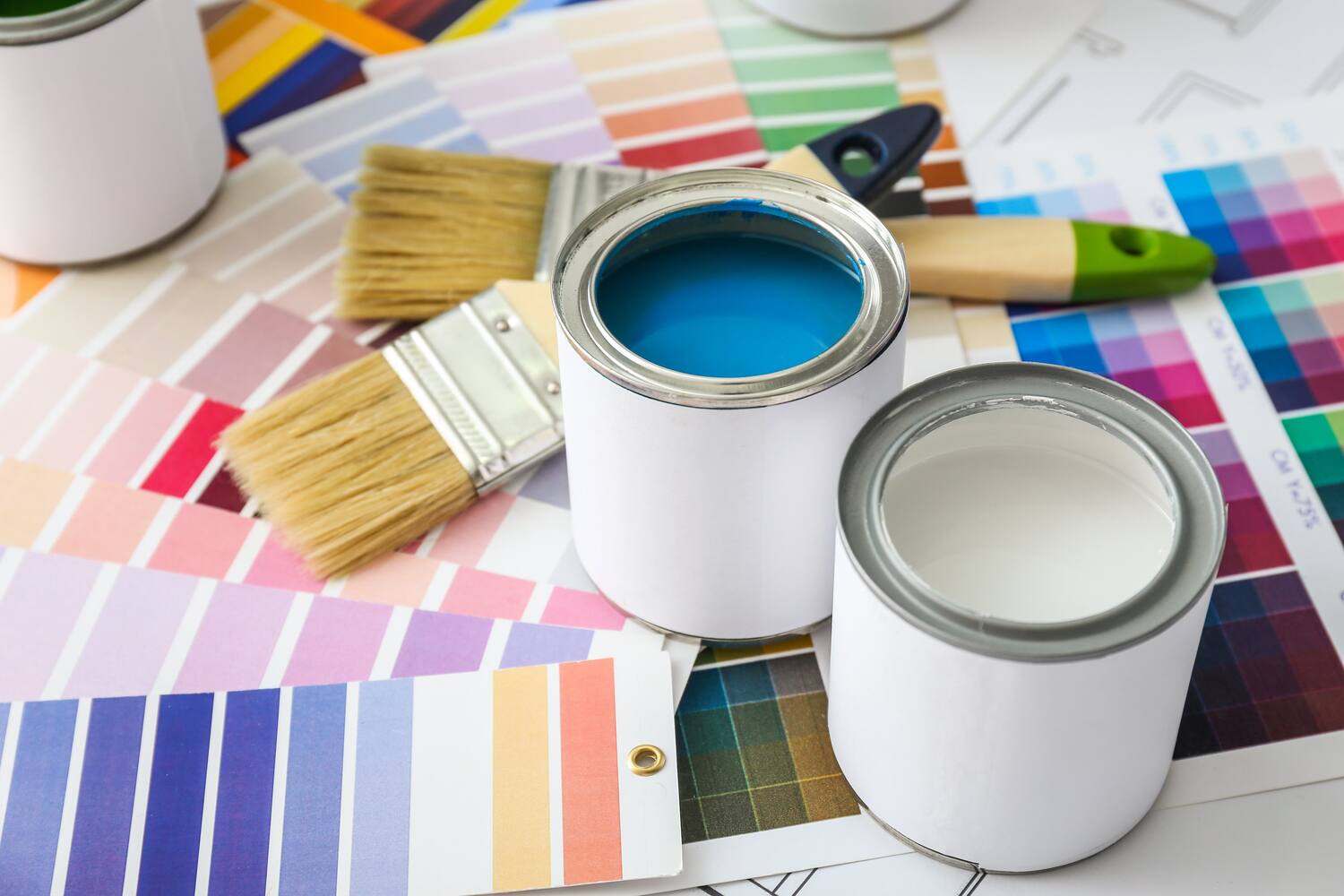
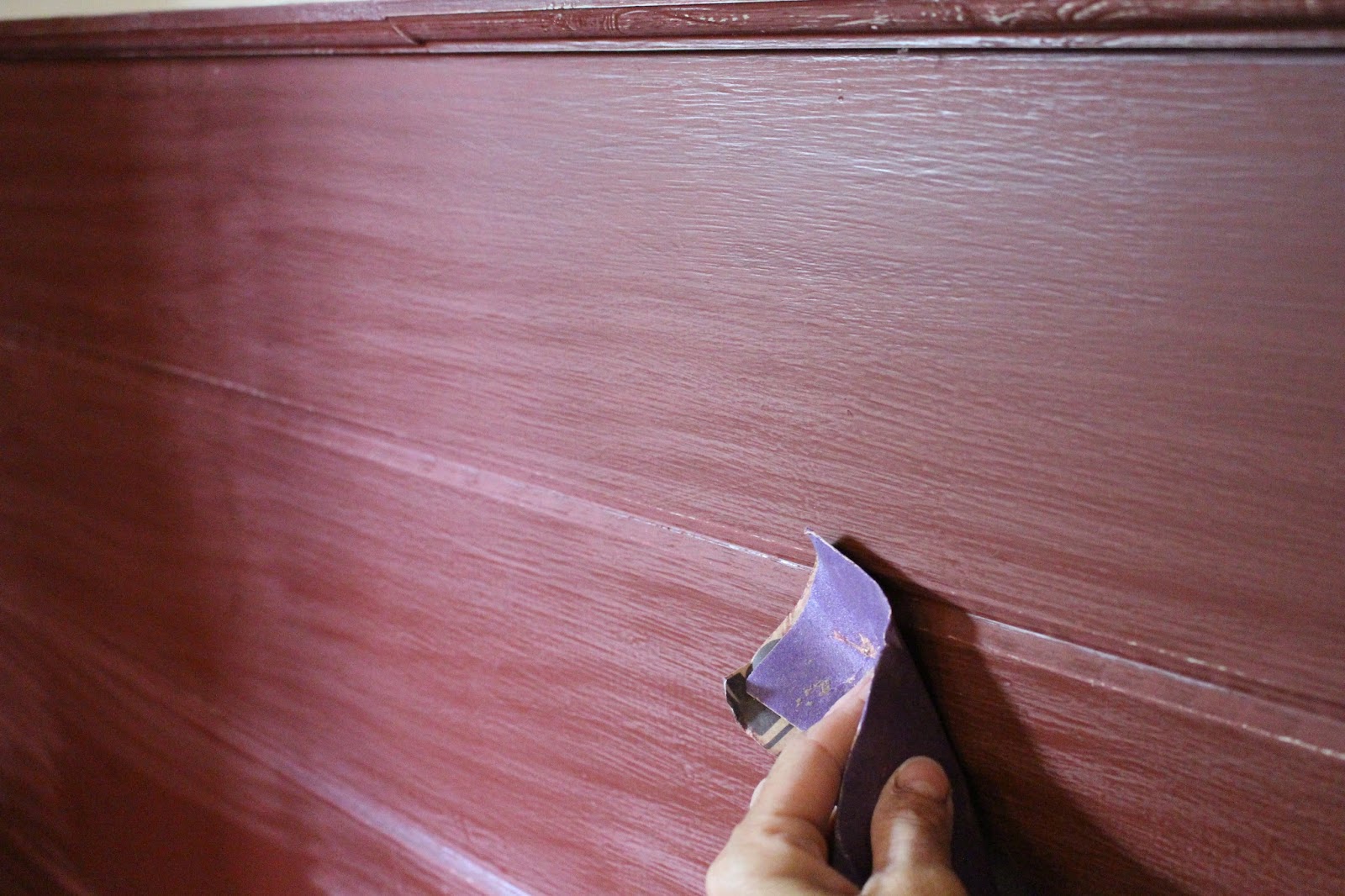
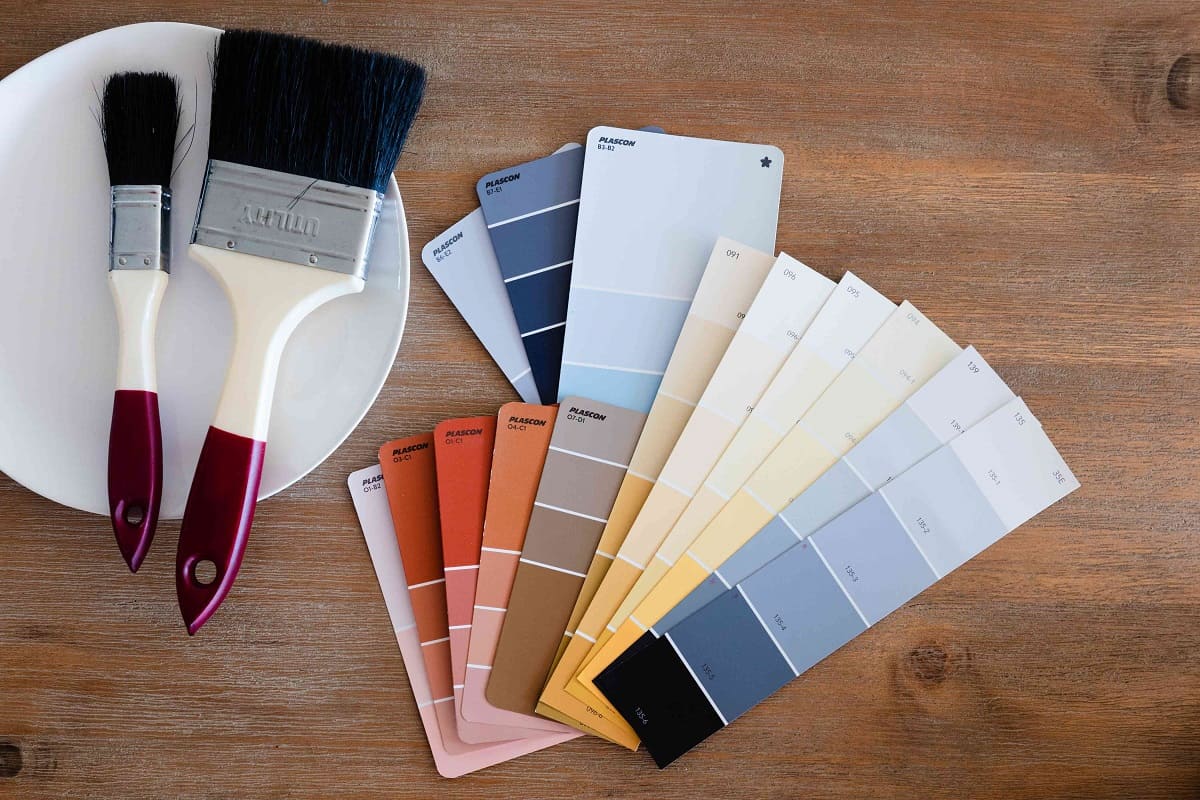
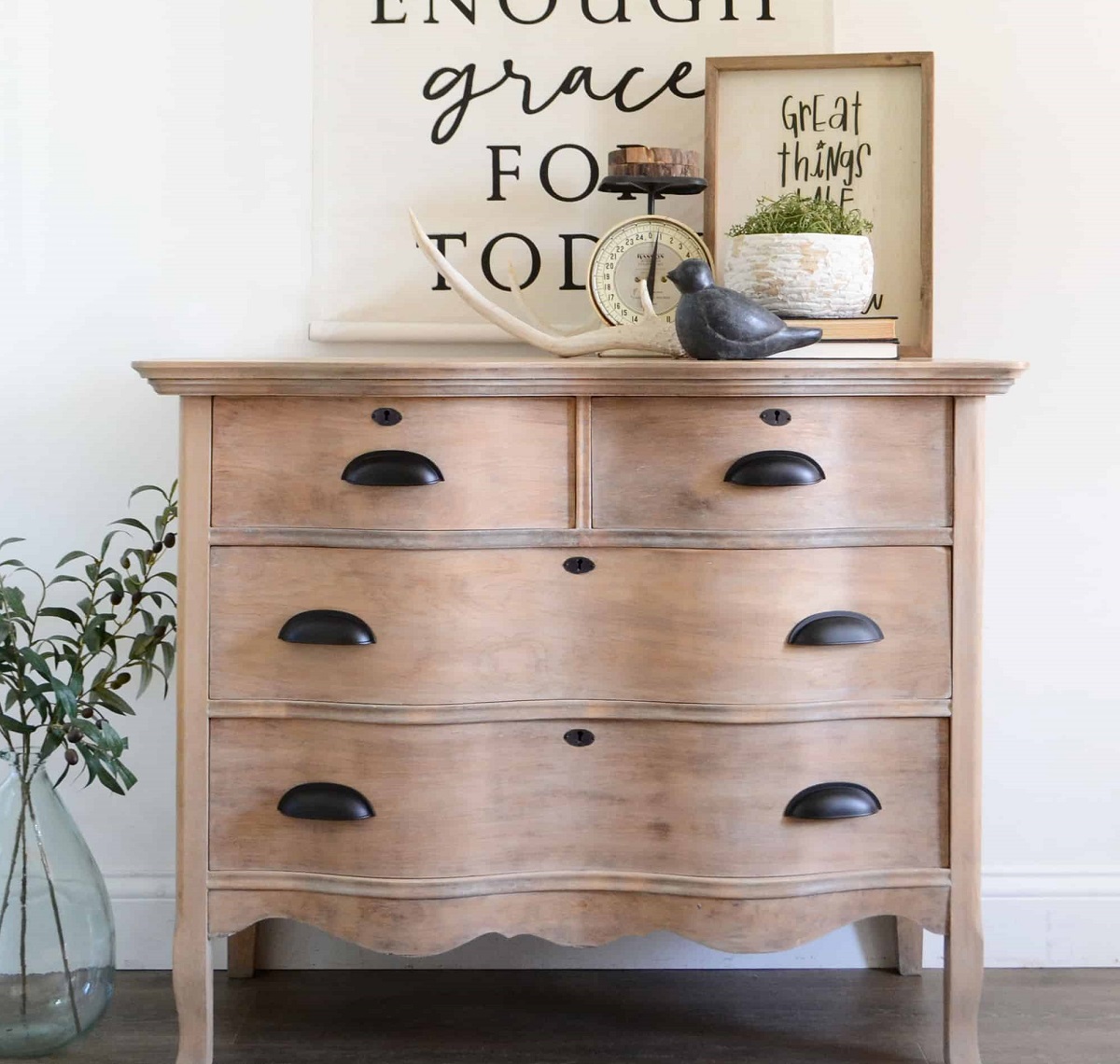
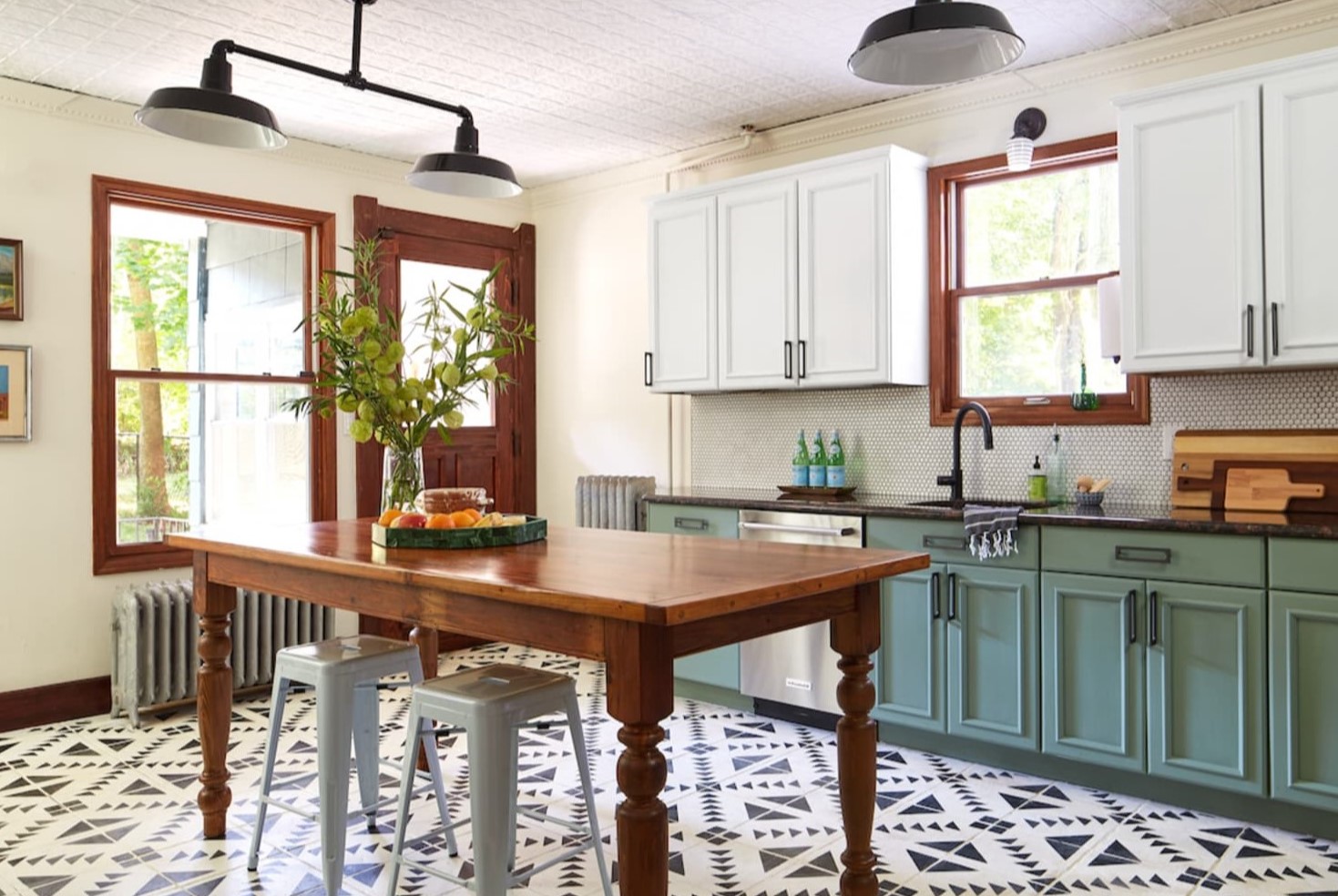
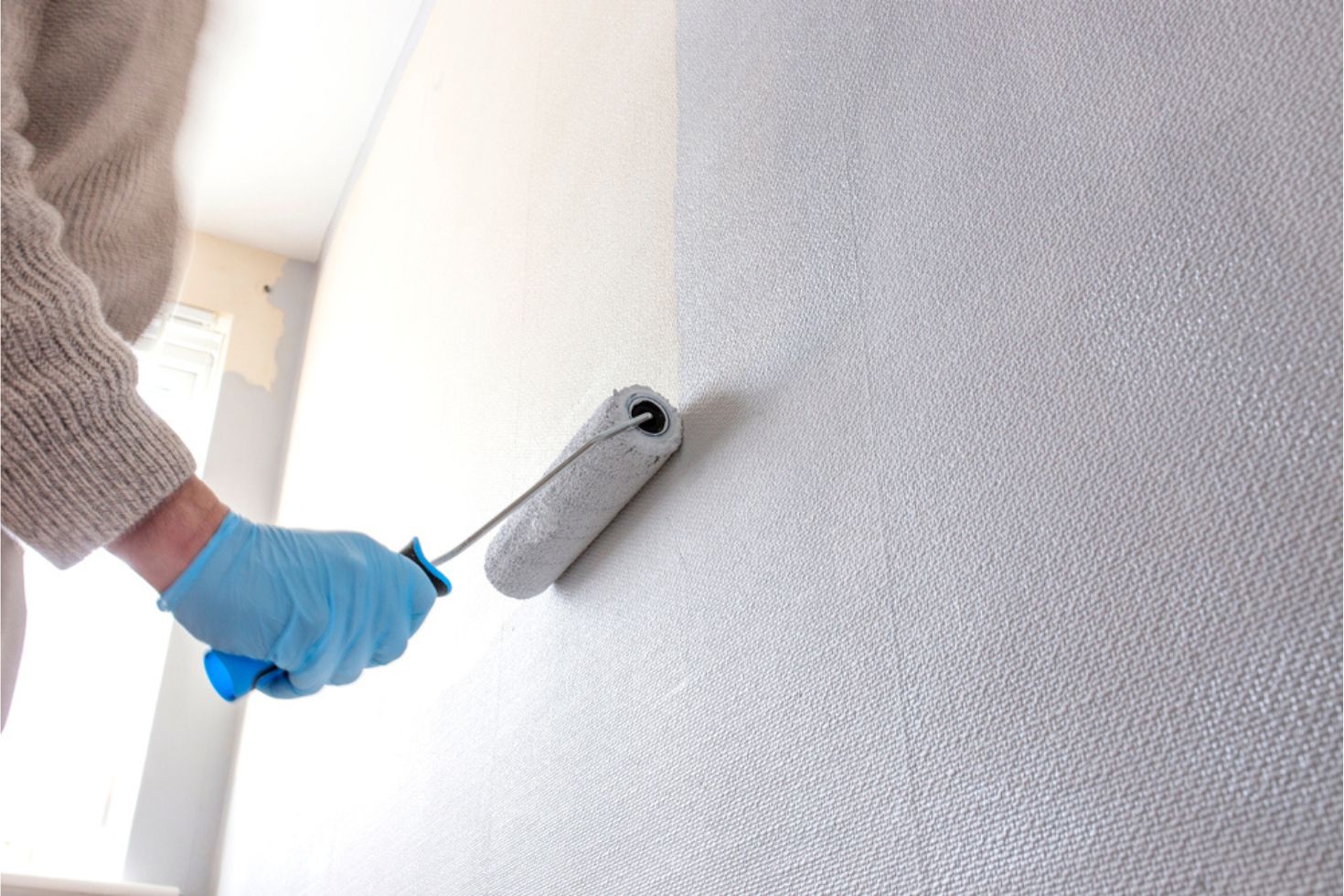

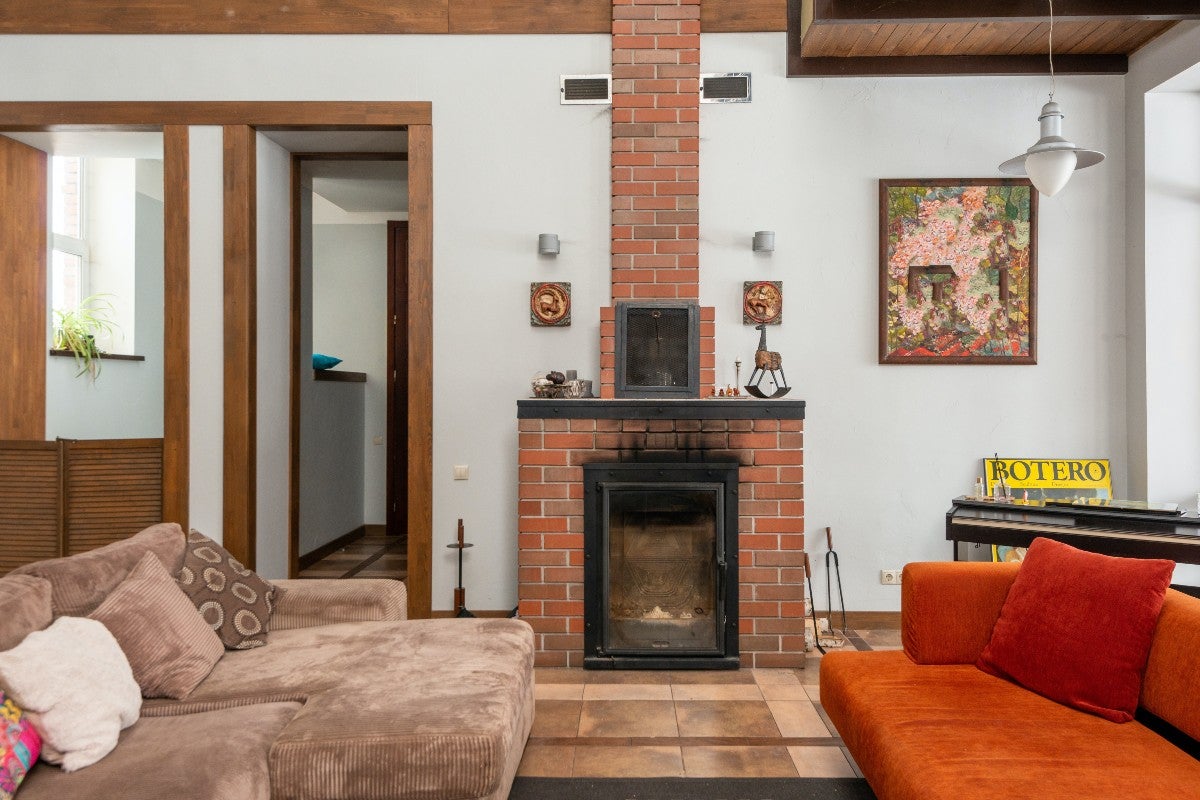
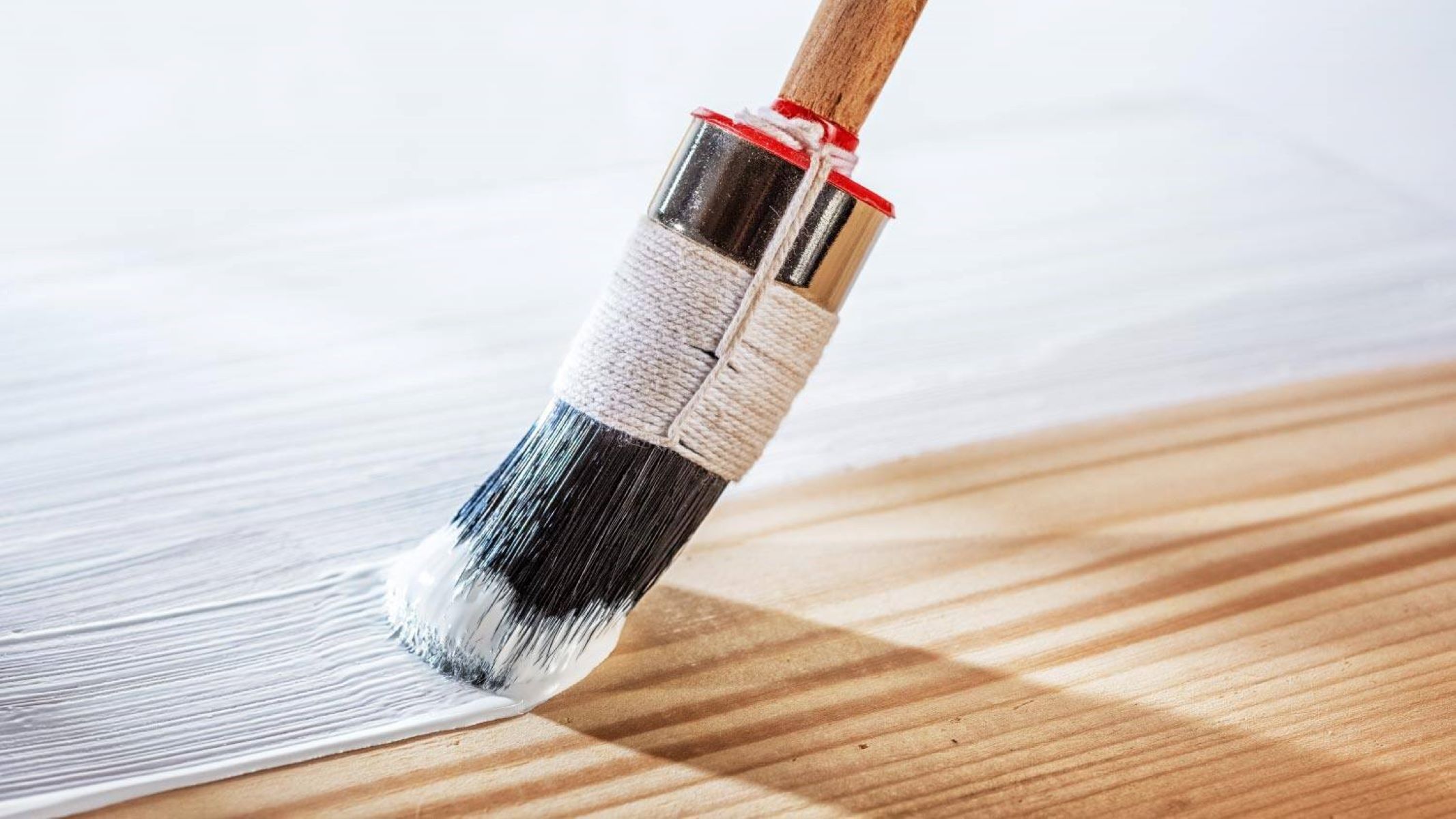
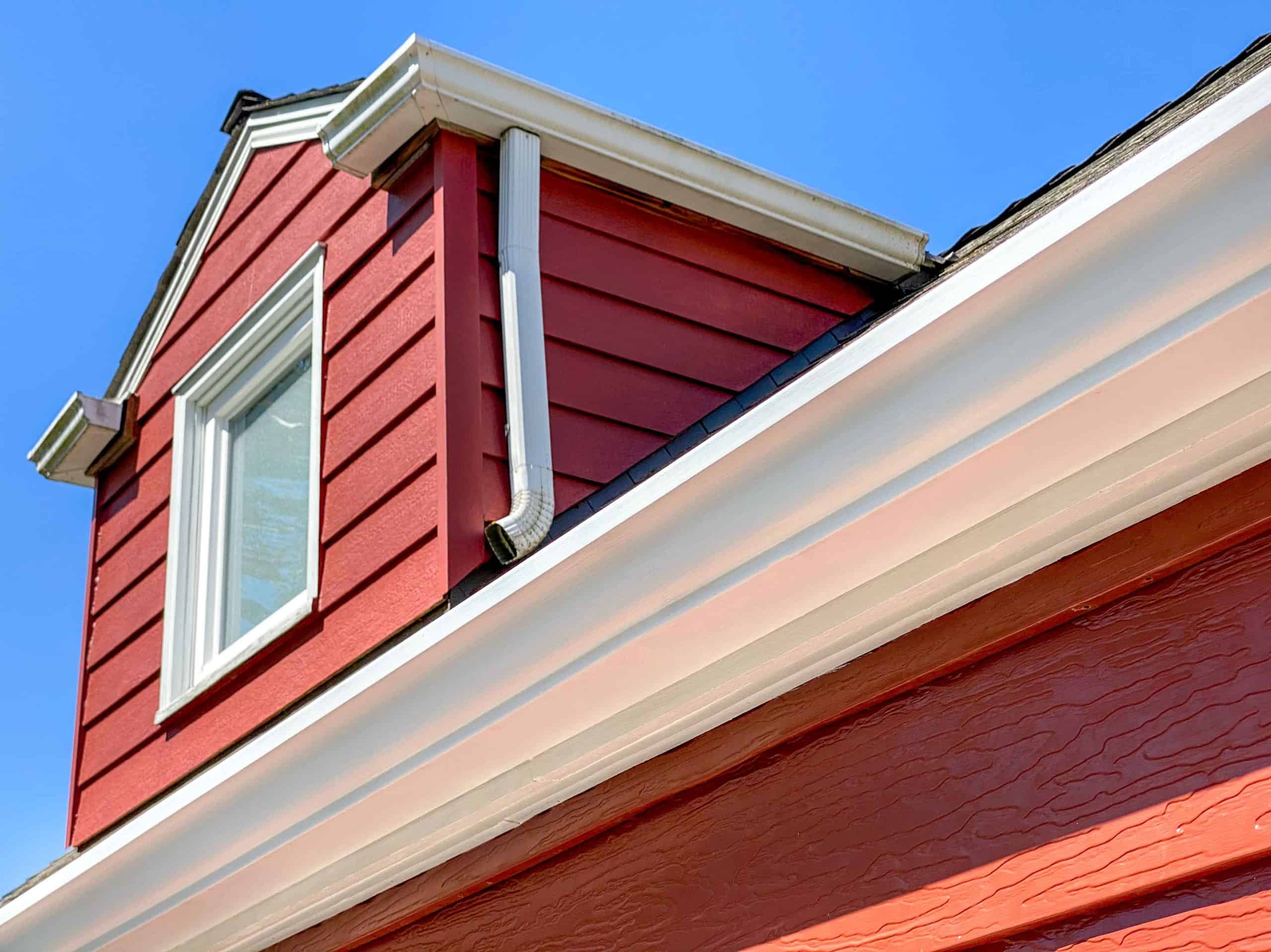
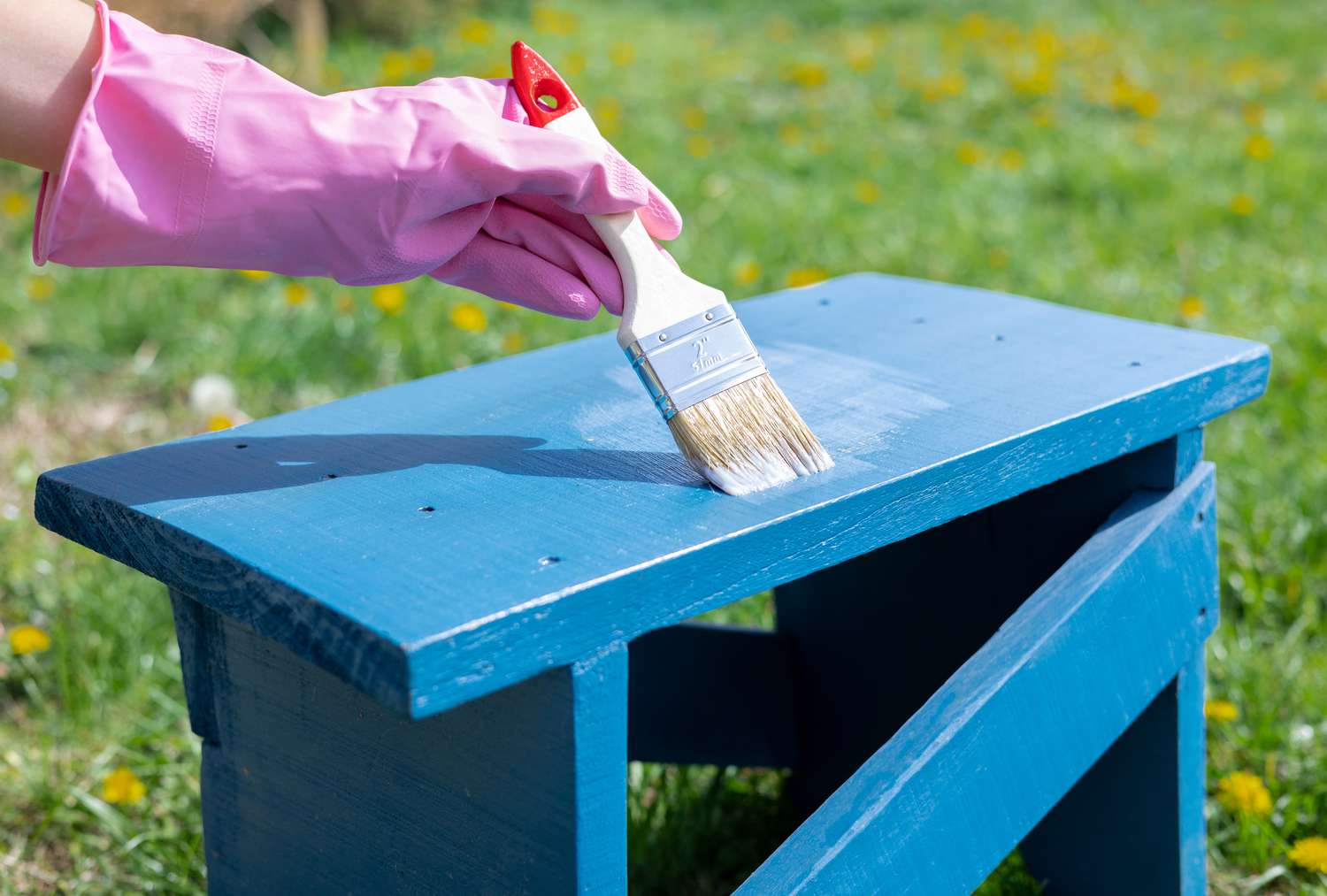
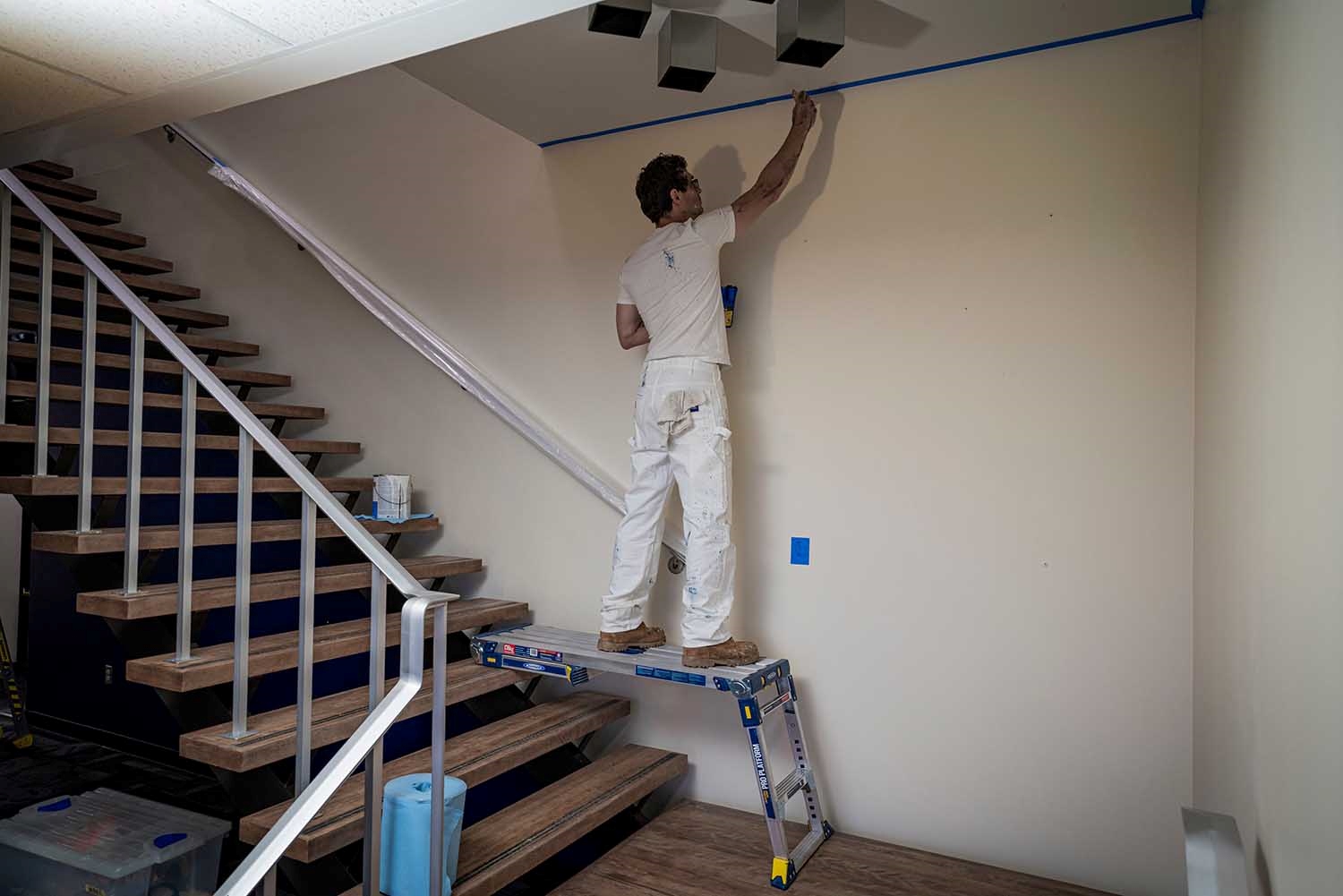

0 thoughts on “Gloss Paint: A Guide To How And Where To Use It”